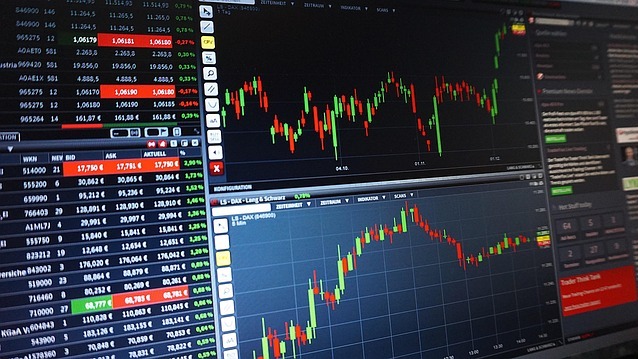
Rio Tinto's $1 Billion Bet on Lithium: A Strategic Shift
In a definitive move within the global lithium market, Rio Tinto has entered into a substantial near $1 billion agreement to enhance its foothold in Chile's lithium production. This strategic investment comes at a time when the demand for lithium—a critical component in batteries for electric vehicles and renewable energy storage—is witnessing unprecedented growth, driven by the global transition towards greener technologies.
The Implications for Global Economic Conditions
This significant investment has wider implications beyond Rio Tinto's operational capacity. As electric vehicle sales surge and renewable energy efforts intensify, the lithim supply chain is under pressure to scale rapidly. Analysts suggest that Rio Tinto’s decision is a direct response to current global economic conditions, where adequate supply is crucial for meeting escalating demand. The firm is not only positioning itself as a key player but is also influencing supply chain economics globally.
Inflation Response Strategy: Impacts on Pricing
The injection of capital into lithium mining not only speaks to inflation response strategies but raises essential questions about pricing pressures in the raw materials sector. With soaring production costs due to labor market trends, raw material shortages, and the ongoing effects of past inflation, how Rio Tinto navigates pricing will be closely observed by CFOs and investors alike. This move underscores the importance of strategic foresight and fiscal policy insights for stakeholders in all related businesses.
Readiness for a Disruptive Market
As industries prepare for potential market disruptions, Rio Tinto's deal could serve as a case study in recession readiness. Strategic investments in sectors like lithium position companies to withstand economic shocks and capitalize on recovery phases. As economic leadership navigates through these unpredictable terrains, understanding such investments highlights their approach to long-term sustainability and resilience in fluctuating markets.
Conclusion: The Future of Battery Supply Chains
The shift in strategic investment towards lithium production not only indicates a robust forward-thinking approach by Rio Tinto but also propels discussions on workforce economics and the urgent need for skilled labor to meet future demands. While business journalists and executives will keep a close watch, this development could set a benchmark for other firms looking to adapt to changing market dynamics, ensuring they remain relevant and competitive.
 Add Row
Add Row  Add
Add 




Write A Comment